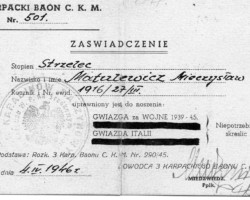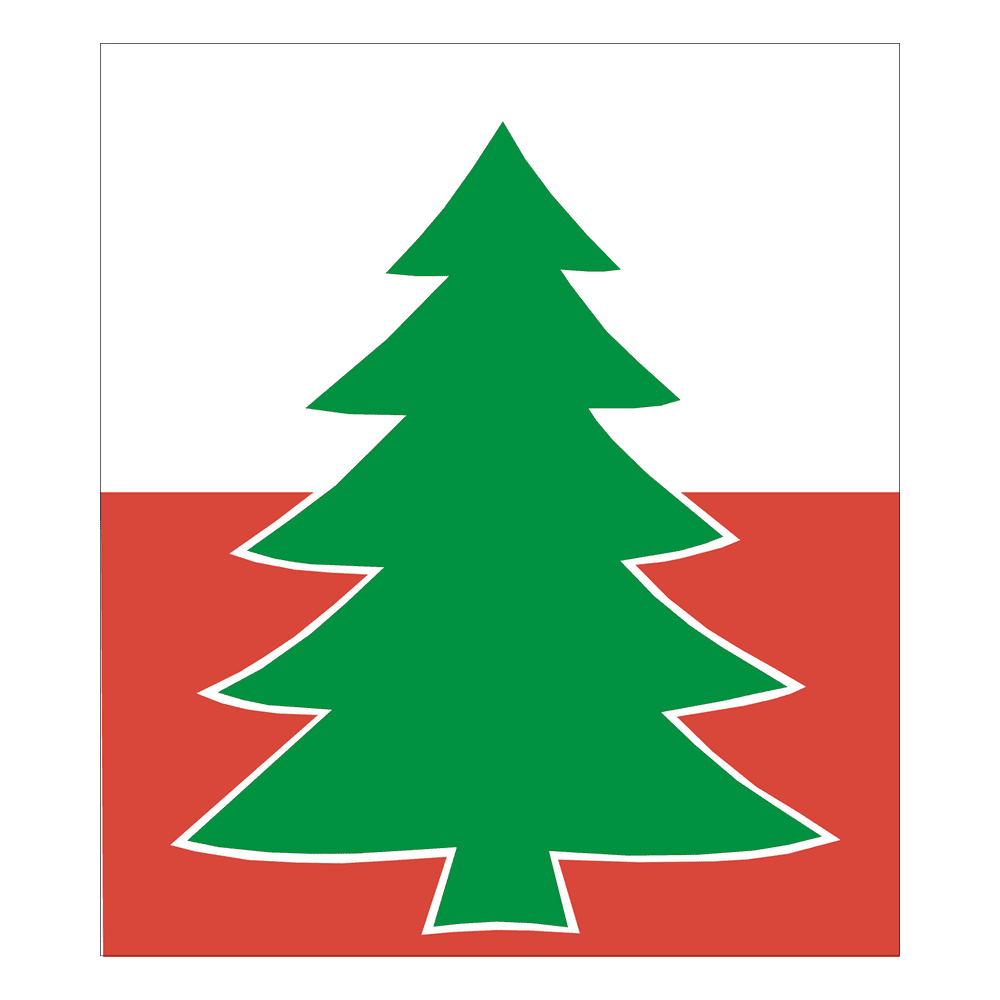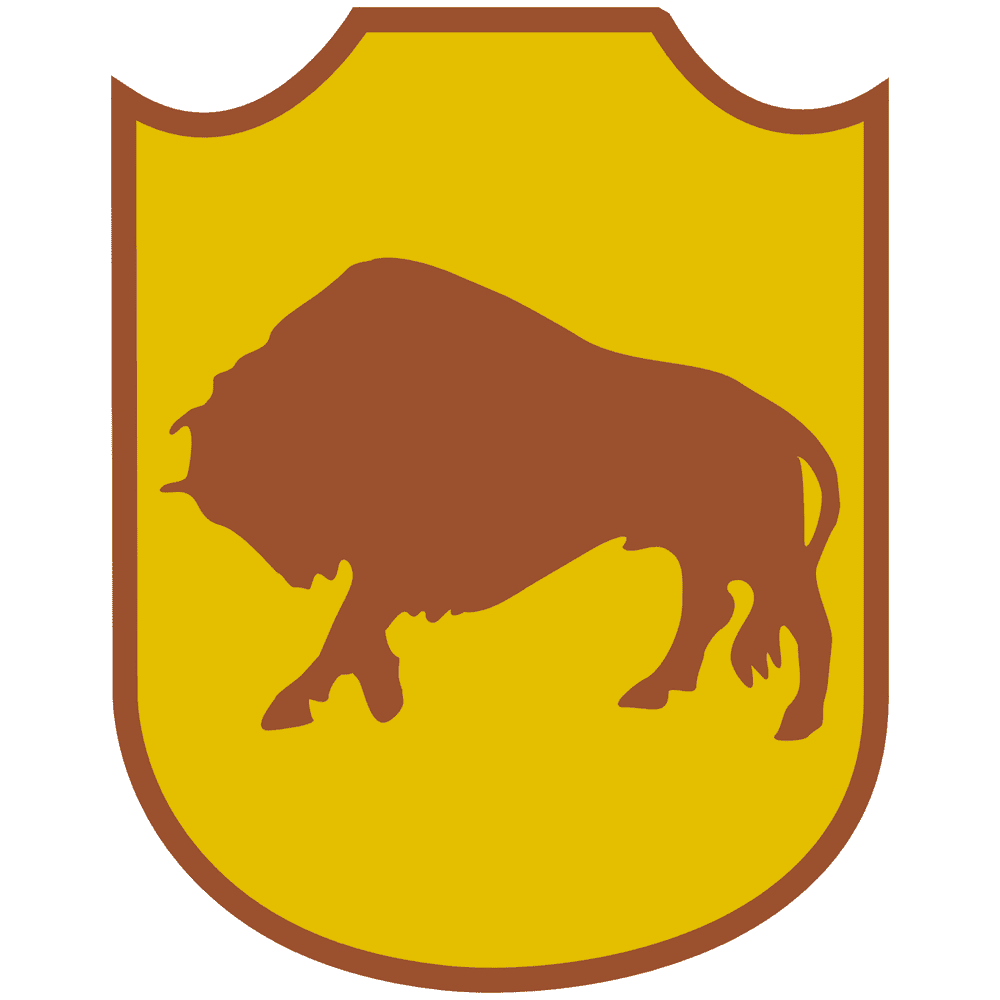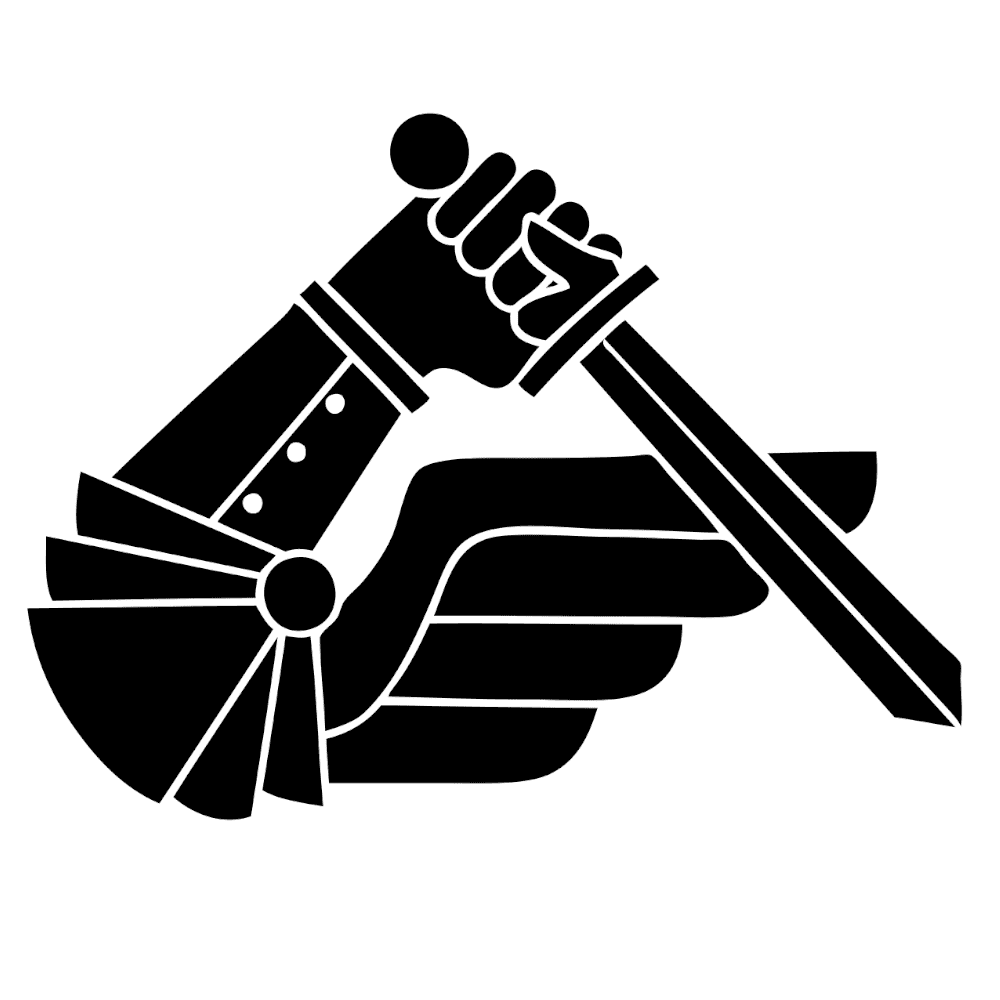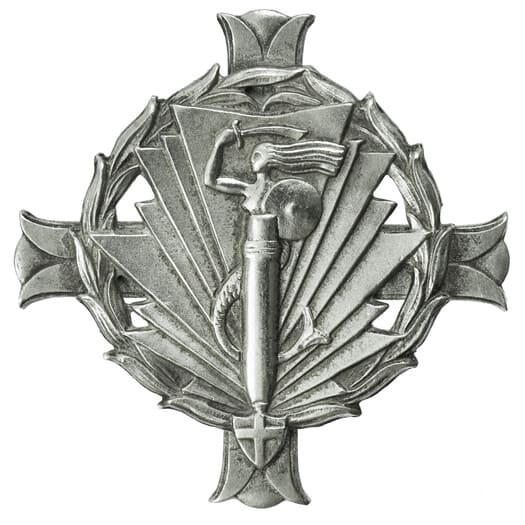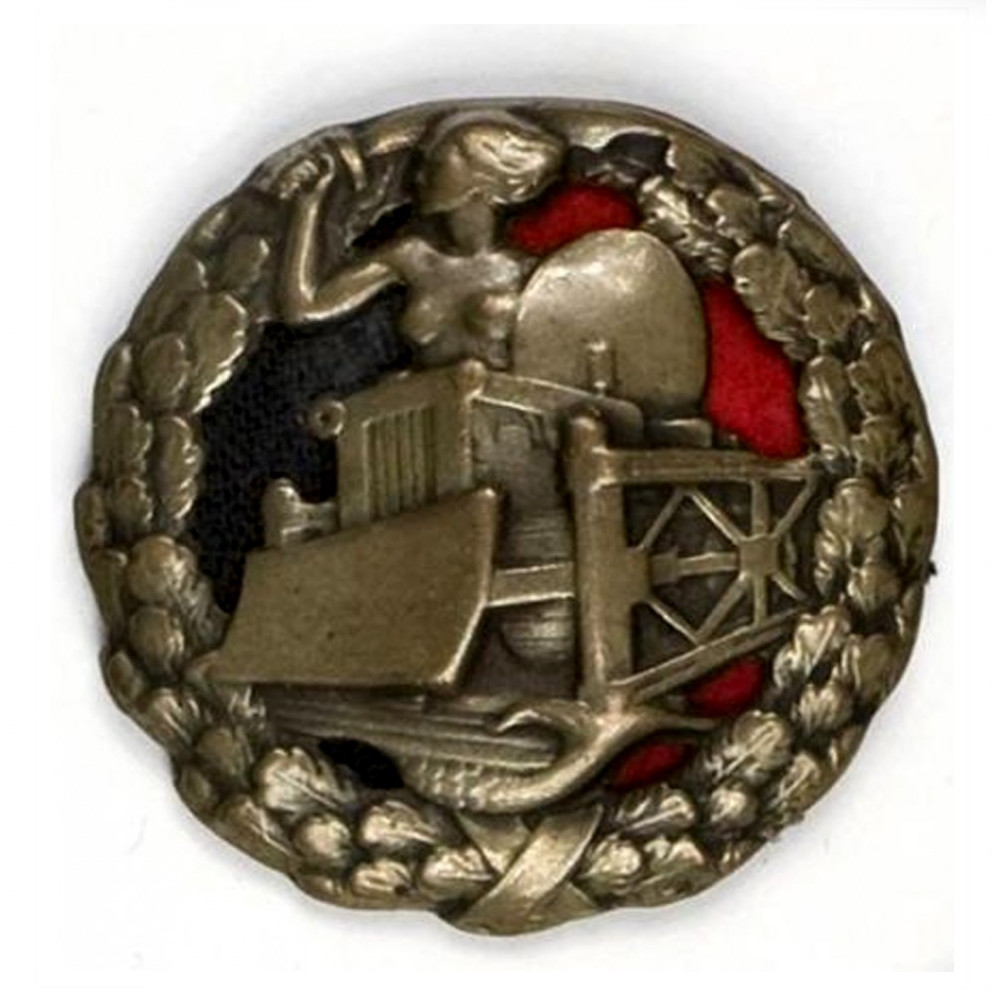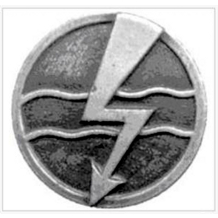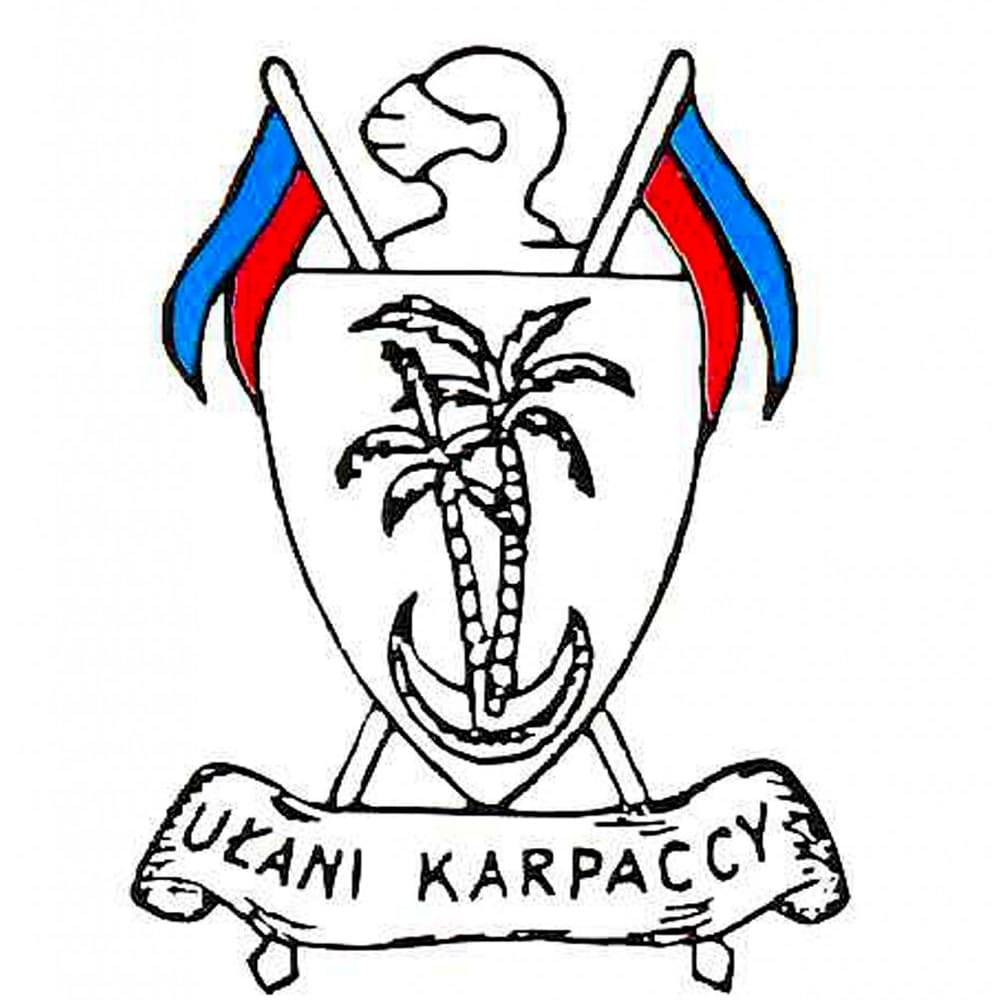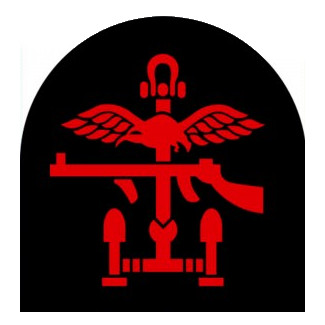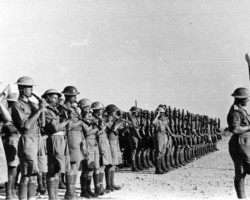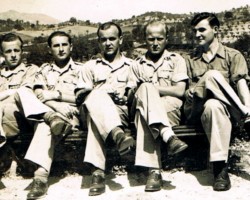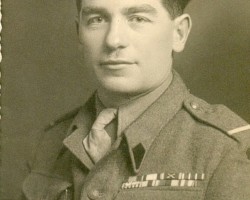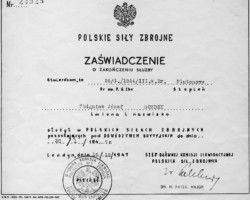3rd Carpathian Rifle Division
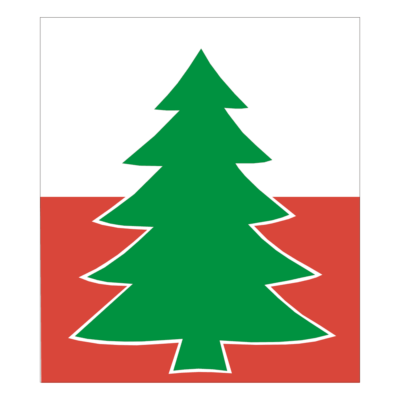 This division was formed in May 1942 in Palestine as a result of the merger of the Independent Carpathian Rifle Brigade with the 9th and 10th Infantry Divisions that arrived from the USSR. In September–November 1942, the division moved from Palestine to Iraq, where it was deployed in the Quizil Ribat area.
This division was formed in May 1942 in Palestine as a result of the merger of the Independent Carpathian Rifle Brigade with the 9th and 10th Infantry Divisions that arrived from the USSR. In September–November 1942, the division moved from Palestine to Iraq, where it was deployed in the Quizil Ribat area.
On July 21, 1943, by order of the Commander-in-Chief, the 2nd Polish Corps was separated from the Polish Army in the East, commanded by Maj. Gen. Władysław Anders. The 3rd Carpathian Anti-Tank Artillery Regiment and the 3rd Anti-Aircraft Artillery Regiment became its base.
At the turn of 1943/1944, the Division, together with the 2nd Polish Corps, was transported to Italy. The Corps was subordinated to the command of the Allied 21st Army Group, which fought on the Apennine Peninsula. From 2 February 1944, the 3rd Carpathian Rifle Division began to relieve the British 78th Infantry Division and took up defense on the Sangro River.
It took part in the battles of 11-29 May to break the Gustav Line, the key point of resistance of which was the monastery at Monte Cassino. In this battle, the Carpathians were tasked with taking over hills 593, 569 and the Massa Albaneta farm, which they carried out in the second decisive assault that began at night on 16 May 1944. On 18 May, a patrol of the 12th Podolian Uhlan Regiment planted a white-red flag on the ruins of the monastery. On 25 May, as part of the clearing of the area from the remnants of German troops, the 3rd Carpathian Cavalry Division occupied Piedimonte.
Soon the Division faced a new task – breaking the Gothic Line, a system of fortifications resting on the slopes of the Tuscan Apennines. On June 18, it liberated the city of Pescara, then encountered resistance on the Chienti River, which was broken on June 30, 1944. The Carpathians were to conduct deception operations during the Battle of Ancona. The attack began on July 17, the city of Offagna was taken, which allowed the city to be bypassed from the rear. On July 18, units of the 3rd Infantry Regiment entered Ancona. Until August 9, pockets of resistance were eliminated, when a new attack began, the aim of which was to push the enemy away from the city; after heavy fighting, the Carpathians reached the Scapezzano River. On August 19, another attack was led on German positions, the aim being to finally break through the fortifications. In three days of fighting on the Metauro River, the German 278th Infantry Division was destroyed, and on August 31, the infantrymen captured the main point of resistance – the city of Pesaro. On December 6-17, 1944, it took part in the attack on the Senio River, and after reaching it, it held a defensive position there until April 1945.
The last operation in which the 3rd Carpathian Rifle Division participated was the offensive in the Lombard Valley, which took place at the turn of April and May 1945. As part of the operations, the Polish II Corps was tasked with crossing the Senio River north of the city of Faenza, reaching the Ferrara-Bologna road and taking control of Bologna. On April 9, the attack began, preceded by shelling by 1,200 guns and an air raid by 700 bombers. The 3rd Division was to capture the bridgeheads, after which the remaining units were to go into action. Ultimately, the units of the 3rd Carpathian Rifle Division entered Bologna on April 21, 1945. These operations ended the Division’s combat trail .
After the end of World War II, the 3rd Carpathian Rifle Division remained in Italy, along with the entire Corps, as part of the occupation forces. In 1947, it was transferred to Great Britain and demobilized there.
The commanders of the 3rd Carpathian Rifle Division were: in the period 3.05.1942-06.08.1943 – Brig. Gen. Stanisław Kopański (previous commander of the Independent Carpathian Rifle Brigade). After he took over the function of the Chief of Staff of the Commander-in-Chief after the Gibraltar disaster, on 06.08.1943 Maj. Gen. Bronisław Duch became the commander of the 3rd Carpathian Rifle Division, and held this function until the unit’s demobilization in 1947.
The 3rd Carpathian Rifle Division consisted of:
- Headquarters of the 3rd Carpathian Rifle Division, including the Headquarters Company, 1st Carpathian Rifle Brigade, 2nd Carpathian Rifle Brigade, 3rd Carpathian Rifle Brigade (in 1942 and 1945-47)
- Divisional Artillery Headquarters, including the 1st Carpathian Light Artillery Regiment, the 2nd Carpathian Light Artillery Regiment, the 3rd Carpathian Light Artillery Regiment, the 3rd Carpathian Anti-Aircraft Light Artillery Regiment, the 3rd Carpathian Anti-Tank Artillery Regiment
- Reconnaissance Armoured Car Regiment, including the Carpathian Uhlan Regiment (1942-1943), 12th Podolian Uhlan Regiment (1943-1945), 7th Lublin Uhlan Regiment (1945-47)
- Weapons units, including the 3rd Carpathian Machine Gun Battalion, the 3rd Carpathian Signal Battalion, the 3rd Carpathian Engineer Battalion, the 3rd Camouflage Section, the 3rd Carpathian Gendarmerie Squadron
- Service units, including the Supply and Transport Unit Command (1st Supply Company, 2nd Supply Company, 13th Supply Company), workshop companies (1st and 2nd Companies), medical companies (1st and 2nd Companies), 3rd Hygiene Platoon, 3rd Anti-Malarial Section, 3rd Court Martial, Field Post No. 111.
The full list of soldiers of the 3rd Carpathian Rifle Division, digitised in 2012 by the Kresy-Siberia Foundation based on the list prepared in 1991 by the Main Board of the Carpathian Union in London, is available on the Wall of Remembrance of the Kresy-Siberia Virtual Museum.
https://kresy-siberia.org/list-3rd-carpathian-rifle-division/
After the end of World War II, the community of former Carpathians was and still is very active in commemorating this important division of the Polish Armed Forces. In London, there is the Carpathian Union, while in Poland, since the fall of communism, the Association of Former Soldiers of the Polish Armed Forces in the West “Karpatczycy” has its headquarters in Warsaw.
Exhibition Materials
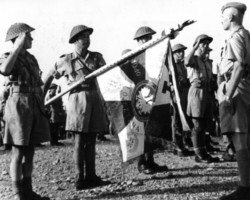
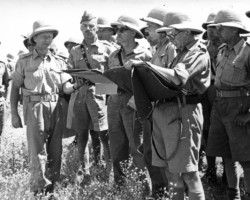
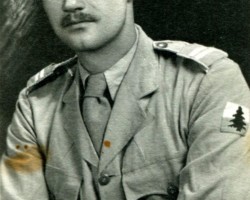
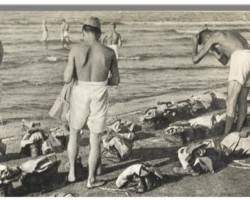
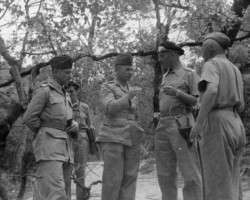
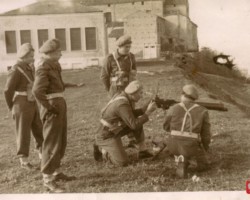
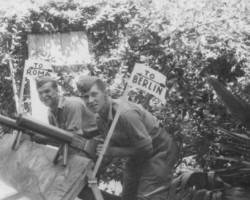
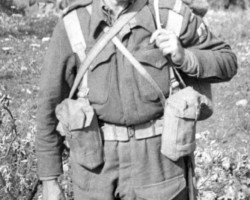
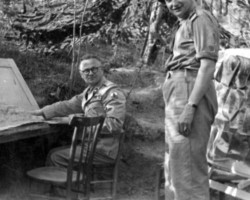
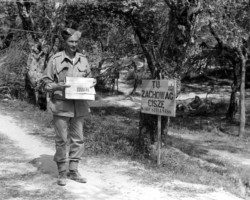
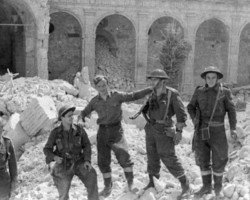
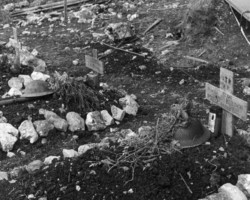
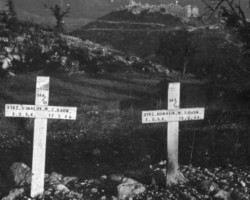
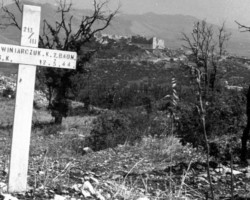
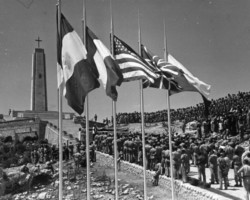
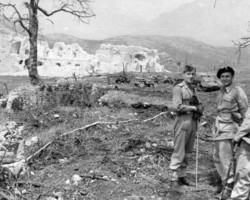
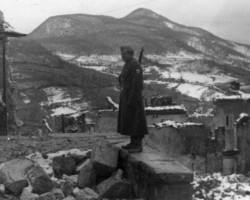
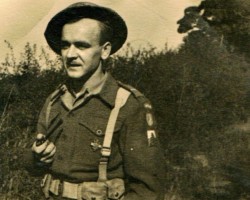
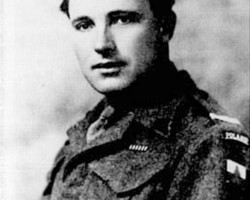
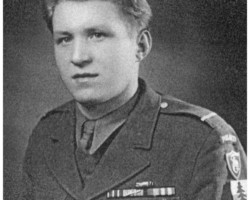
Photographs
